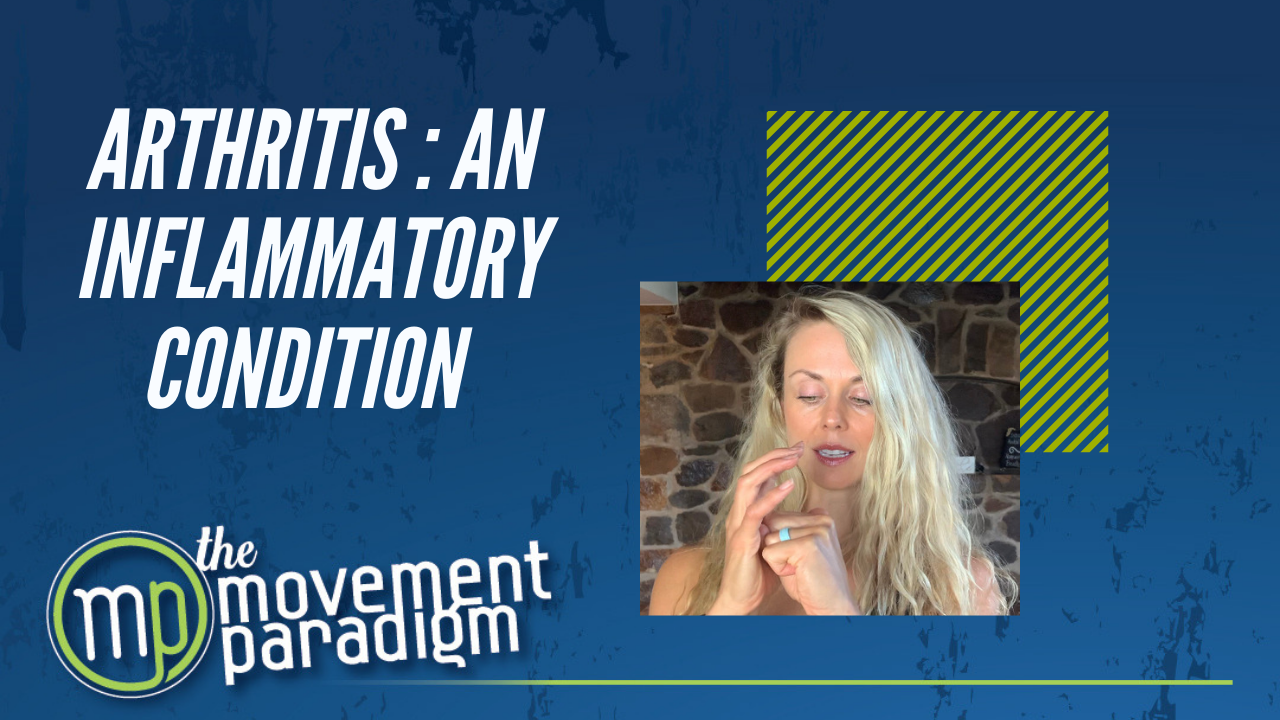Have you or someone you’ve known experienced some kind of arthritis? Perhaps it has been debilitating and or it has affected your quality of life? Let’s define arthritis and discuss the drivers of osteoarthritis, as well as rheumatoid arthritis, and what you can do to prevent it.
Many people experience aches and pains as they age. Is this normal? Not really. Is this common? Yes. Is there something that we can do about it? Yes. You do not have to embrace the deterioration of your body as you get older. There are things that you can do to prevent osteoarthritis, as well as rheumatoid arthritis.
Let’s talk about some misconceptions about osteoarthritis. First, “everyone gets it”, which is not true. Second, is that it is genetic, and that is also not true. It is in fact, a matter of diet, lifestyle, and the environment.
Osteoarthritis is pain and inflammation in the joint or multiple joints. Research shows, however, that osteoarthritis is due to inflammation in other parts of the body. Specifically, it can be related to high insulin levels. With diets, specifically the Western diet that is high in sugar and processed foods, can lead us to high insulin levels and poor blood sugar regulation. This is one of the key drivers in osteoarthritis. We want to remember this key thing, osteoarthritis is an inflammatory condition. Seventy percent of our immune system is in our gut. If we are having any type of systemic inflammation or excessive inflammation in our body, this can drive osteoarthritis. Often, you will see that a person that is experiencing severe osteoarthritis all over their body. They are in a very inflammatory state.
Rheumatoid arthritis, on the other hand, is an autoimmune condition. It affects 1.5 million Americans, but the interesting fact is that it has been happening at younger and younger ages. This is when the synovial fluid becomes thick and murky and creates degeneration in the cartilage of the joints. The joints can become very stiff and painful. One of the biggest drivers of autoimmune conditions, once again, is going to be a predisposition genetically, the environment, and activities of daily living. One of the biggest contributors to autoimmune disease specifically rheumatoid arthritis is a leaky gut, otherwise known as intestinal permeability. Our immune system begins to attack healthy tissues, too.
Before we get into what would be most helpful, let’s talk about what you should not do; take chronic nonsteroidal anti-inflammatories (NSAIDs). These will ultimately turn off your immune system, contributing to poor regulation. Although it may mask symptoms temporarily, it is not optimizing your immune system for the long-term.
In both cases of arthritis, a major goal is to reduce inflammation. Also, reducing your insulin, eating less sugar, eating to balancing your blood sugar, and keeping them stabilized throughout the day is critical. Improving your gut health and determining what foods are inflammatory for you is necessary. Doing so will help you to optimize your overall immune health and be able to prevent these types of inflammatory conditions.
As it relates to movement, please consider seeking out a qualified movement professional to help you on your journey to make sure you are moving well and without compensation. Even though it’s inflammatory, you want to optimize the joint positioning, referred to as joint centration. Think about the shoulder joint, a ball and socket joint. When the ball isn’t in that center position of the joint, it will shift forward and often start to cause pain and irritation in the joint. So you’ll want to make sure that you’re stabilizing the joint and strengthening around it. Essentially, you’ll want to load the joint in its pain-free non-restricted range of motion.
There you have it; powerful ways to prevent and improve arthritis as you go into your older years.
If you need help on your journey to better health, contact [email protected] to schedule.
For more content, make sure to subscribe to our YouTube channel here.

